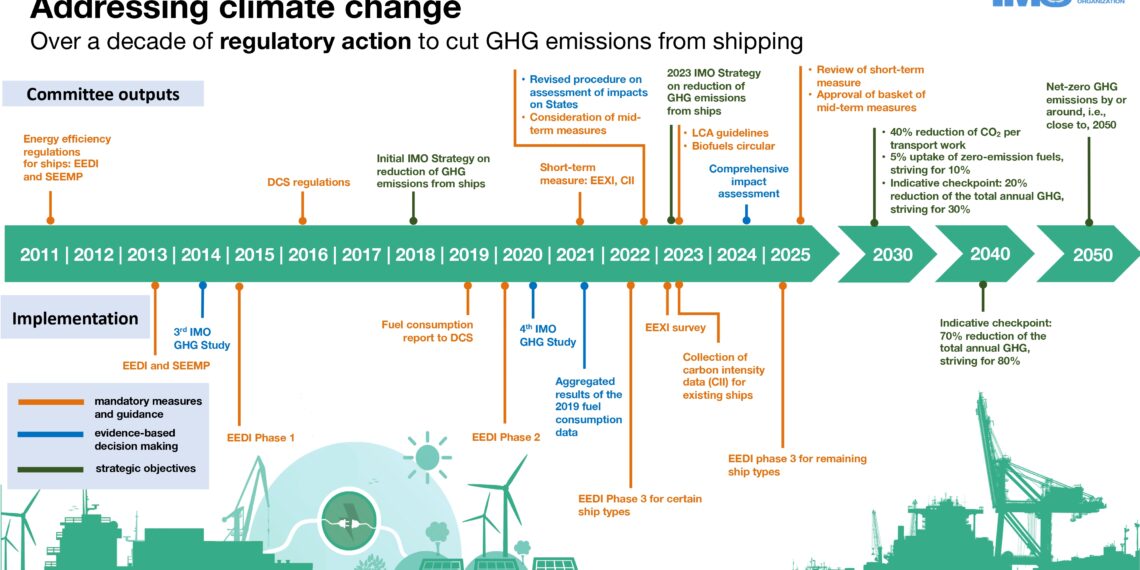JPMorgan has pledged to engage with clients in the shipping industry to deliver a 33% cut in emissions intensity by 2030, against a 2021 baseline.
JPMorgan is including low-carbon power in how it calculates the eventual environmental impact of its energy funding, as regulators and shareholders worldwide push lenders to measure how businesses contribute to climate change.
“We have an important role to play: providing our clients with the advice and capital they need to advance their decarbonization strategies,” CEO Jamie Dimon said in a report published last week.
A notable addition to the financier’s climate plan are new emissions targets for aluminium and shipping. The targets cover shipping clients’ Scope 1 (direct) emissions and both Scope 1 and Scope 2 (power-related) emissions from aluminium.
“We have chosen to prioritize these sectors given their contribution to total global emissions, and the technical and economic maturity of their available decarbonization pathways,” the report states.
JPMorgan has pledged to engage with clients in the shipping industry to deliver a 33% cut in emissions intensity by 2030, against a 2021 baseline. Within the same timeline it is aiming or a 25% reduction in emissions intensity from aluminium investments.
These new targets are an addition to existing, sector-specific emissions intensity targets for oil and gas, electric power, automotive manufacturing, iron and steel, cement and aviation.
The report reveals that progress has been slow in cement and oil and gas, with just a 1% reduction in emissions intensity per sector against JPMorgan Chase’s baseline years. Additionally, an intensity reduction of just 3% has been recorded for aviation.
Companies and banks use different ways to calculate their greenhouse gas emissions and those of their suppliers and customers, and set reduction targets. JPMorgan, the biggest U.S. bank by assets, uses a benchmark established by the International Energy Agency.
JPMorgan’s new approach to emissions from the use of its clients’ energy products, known as Scope 3, combines money for lower-carbon projects with financing to fossil fuels to arrive at what it calls an energy mix.
A spokesperson said the formula would be used to measure combined progress in reducing financing to oil and gas, increasing financing to low carbon power generation, and reducing one measure of emissions from end-users of oil and gas products.
Including low-carbon financing could mean this indicator falls without any change to oil and gas financing. This captures a broad shift from oil and natural gas to low carbon fuels and electricity generation, JPMorgan said in the report.
Using this framework, it aims to reduce Scope 3 emissions the companies in its portfolio produce from each megajoule of energy they deliver by 36% from 2019 levels by 2030.
The bank said it was now basing its targets on IEA projections for a way to achieve “net zero” greenhouse gas emissions by 2050, instead of 2070.





